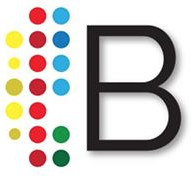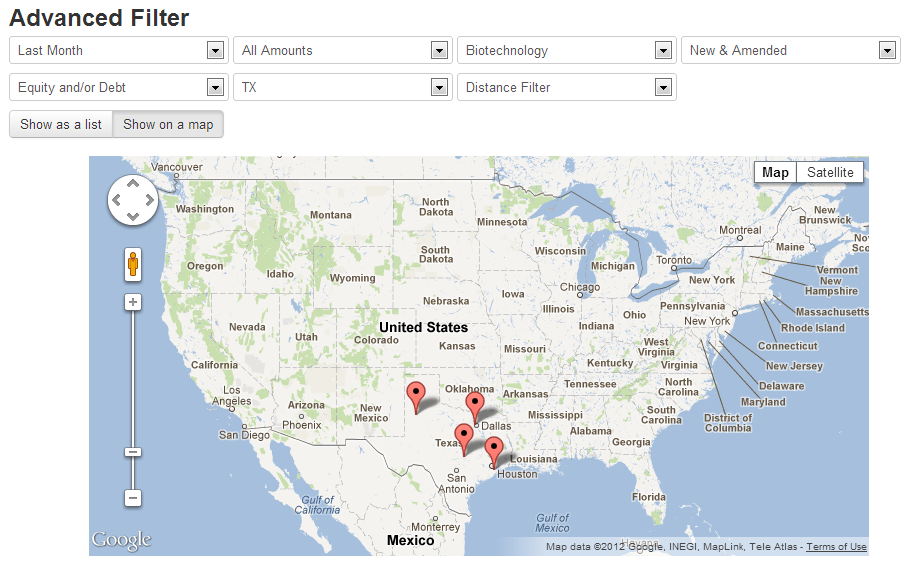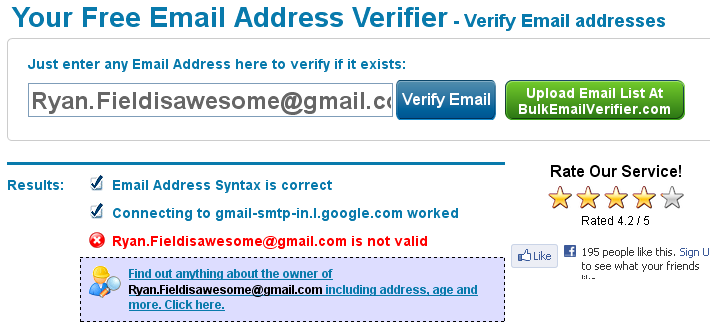If you'll be in the Austin area this January and would like a crash course in competitive intelligence, check out this new course presented by The Information Institute from the University of Texas School of Information. The class is called "Boiling the Ocean: 21st Century Business Research Tactics And Sources". Presented by Yours Truly along with Claudia Chidester, Gary Hoover and Joel Lang, who will be sharing all our best business research secrets. This is a 3-Day course from January 7 - January 9, 2013. Check out the description below and you can register for the class here.
Boiling The Ocean: 21st Century Business Research Tactics And Sources: Understanding Difficult-to-Size Markets and their Competitive Landscapes
This is a hands on workshop with industry experts in entrepreneurship and business research that will teach industry standards and the latest tools in the practice. You will receive hands-on practice using resources you've likely never used before.
- Are there any competitors to your new idea?
- If anyone is making money in a particular space?
- Is a particular private company growing or faltering?
- Who your potential customers are?
- How to set up a system of monitoring your competitors or customers and finding new competitors and customers?
Why is this course useful? You'll learn how to:
- Save money: what resources are worth their cost and when is free good enough.
- Save time: understand the 80/20 of research. Tips and tricks.
- Network with other researchers
You will receive hands-on practice using resources you've likely never used before. Solutions like Capital IQ and other subscriptions at the University of Texas and Austin Public Library will be used to develop research strategies. Be sure to bring your own research problems to class—there will be free consultation on strategies.
Who should take this class? Entrepreneurs, legal researchers, development officers, corporate librarians, market researchers, and anyone who wants to learn how to gain a competitive advantage.
Topics Covered
- Does market sizing matter? How the venture capitalists do it. Defining a thesis.
- Where to start: Use what you know. Define what you don't know.
- SEO tools: Compete, Alexa, comScore, Hitwise and Nielsen Online, crowdsourcing
- Database tools: Capital IQ, Thompson One, Bizjournals, Special Issues, Census
- People tools: Zoominfo, Linked-In, Associations
- CI Knowledge management: keeping up to date: Sharepoint, Google products






































 and
and  .
.
